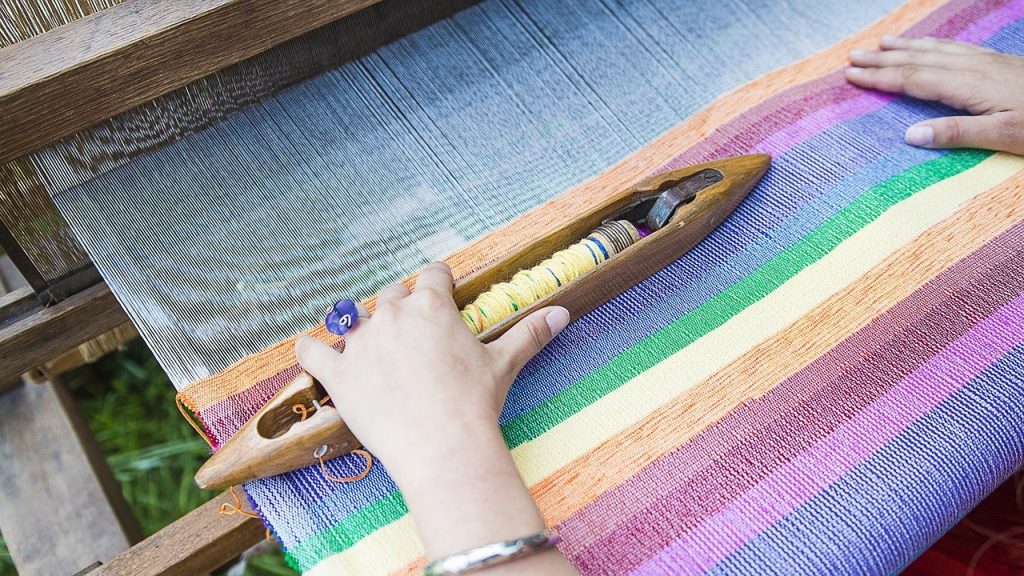
Sponsored article
Depending on what stage of education you are at, you need to specialize in a certain field. Be it fine arts, graphic design or fashion and textiles. That being said, one of the biggest hurdles for students/graduates/professionals can be deciding what specialty they want to study. In addition, art school gives you the opportunity to choose from many different disciplines.
A great way to understand which discipline inspires and excites you as an artist and practitioner in a particular field. At some stage you have to make a choice, such as painting or drawing. You now have the opportunity to develop sustainable work in that specialty.
Art also offers other opportunities for growth. You don’t necessarily have to lock yourself in a studio, You can also help other people by completing a course as an occupational therapist. Helping others through art is as beautiful as the finest artwork.
One of the best lessons learned while going to art school is meeting people on many different levels with similar interests. The range of experience and talent you can access in art school is vast, from your teacher to learning from others.
Everyone offers advice and ideas on creating work, discussing ideas and researching topics related to your chosen discipline and more. This is a huge benefit for anyone looking to expand their experience in a variety of art-related topics.
This can be through exercises that take place between students and teachers or lectures that you attend as part of your course. Either way, it is a great way to learn about new art styles and art movements.
At all stages of your art education, you are exposed to innovative ideas. This is mostly the case when you are studying at a basic level, when you have the opportunity to work in different techniques and disciplines. In fact, one of the most rewarding aspects can be the discussion and interaction of ideas that takes place between individuals, students, and faculty.
In addition to traditional techniques, you can test other methods, using items such as rice paper for decoupage.
If you are looking for inspiration on how to succeed as a practicing artist after leaving art school, listening to successful people can be inspiring in many different ways. The lectures presented are beneficial because artists tend to showcase their work. Here, you can gain real insight into the working methods of successful practitioners.
The more lectures you attend at the university as a student or a student in a course, the more you will be able to deepen your knowledge and understanding of ideas related to art. This is where you can attend a variety of lectures based on a mix of different art disciplines. For any student interested in deepening their knowledge, the art lectures will provide plenty of ideas to use.
The lectures you attend often have a direct impact on the art student and the practical work done in the studio. The right lessons on painting or drawing can provide real inspiration and direction for the work you create in the studio.

For many students, gallery practice is their first attempt at creating a large-scale exhibition with paintings and sculptures created in the studio.
Planning and learning how to display your artwork in a gallery space is serious business if you haven’t had an exhibition before. You will have the opportunity to showcase paintings, sculptures or installations on a larger scale. You may want to exhibit a series of works based on a theme with smaller preparatory drawings or sculptures.
You will need to work or collaborate with other students as you display and mount your exhibition, using a conventional exhibition space or presenting art in a common area. This may require discussion about which part of the wall or space you want to use.
Once you have prepared your exhibit, you may want to get feedback from course instructors and faculty on the quality of the artwork and ideas related to your work. Feedback from other students about the course may also be part of the process.